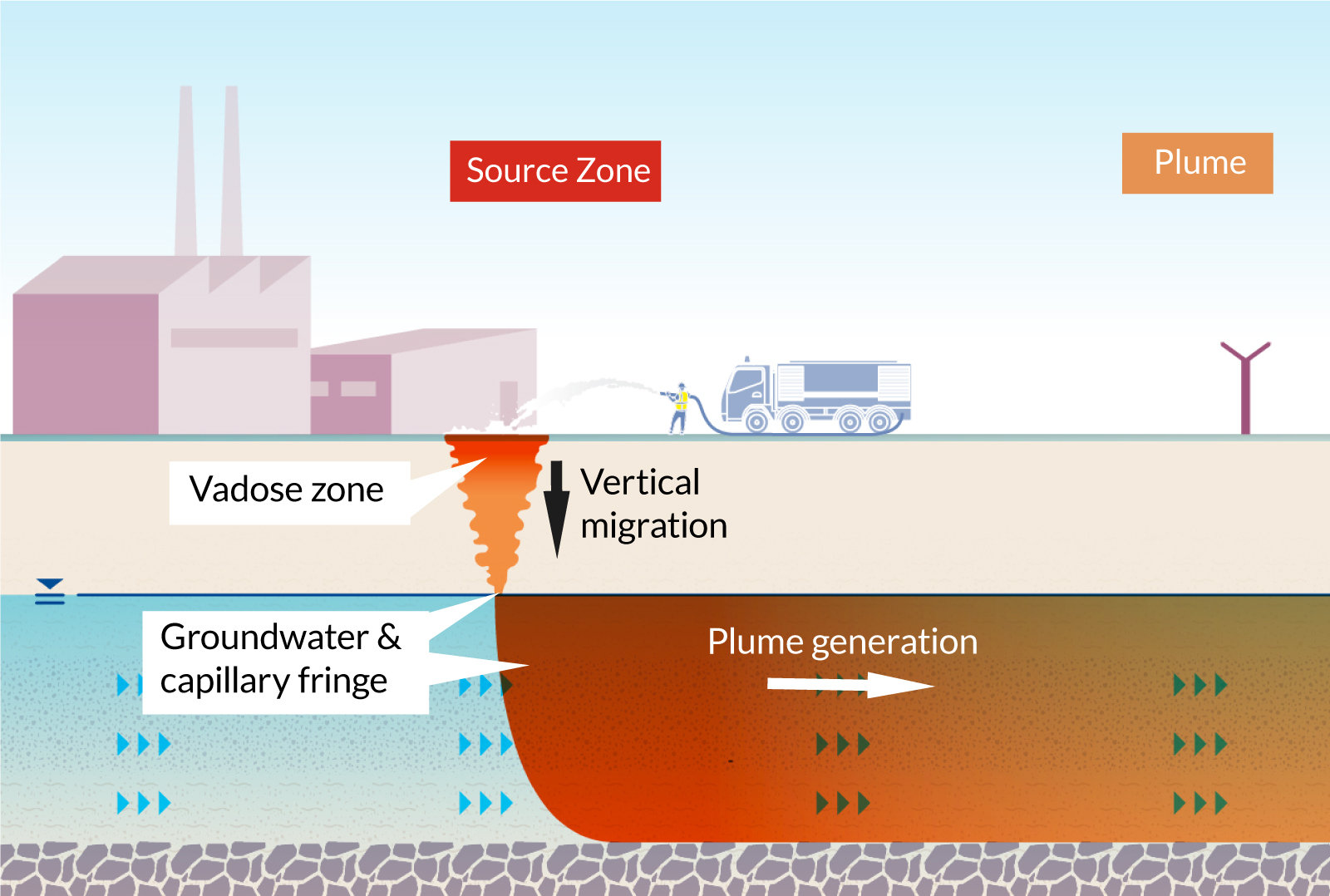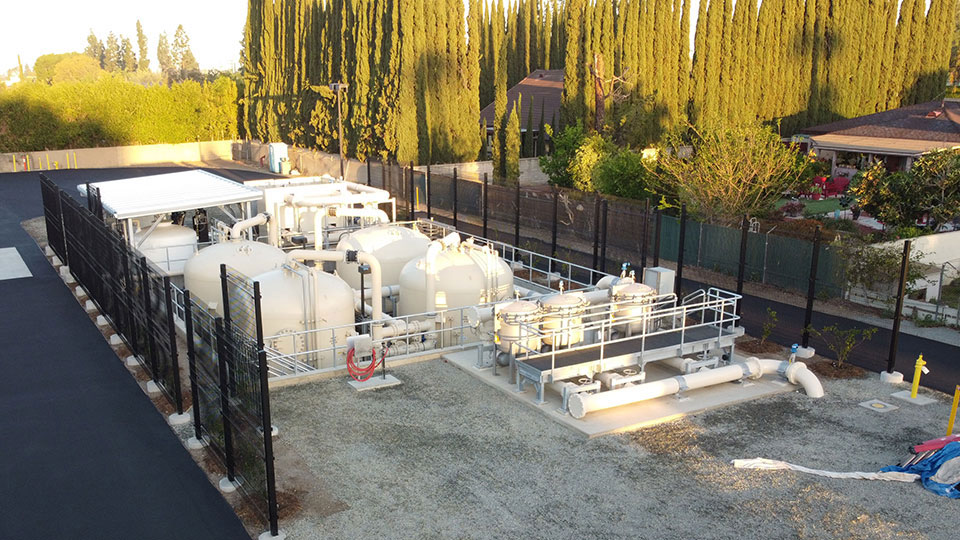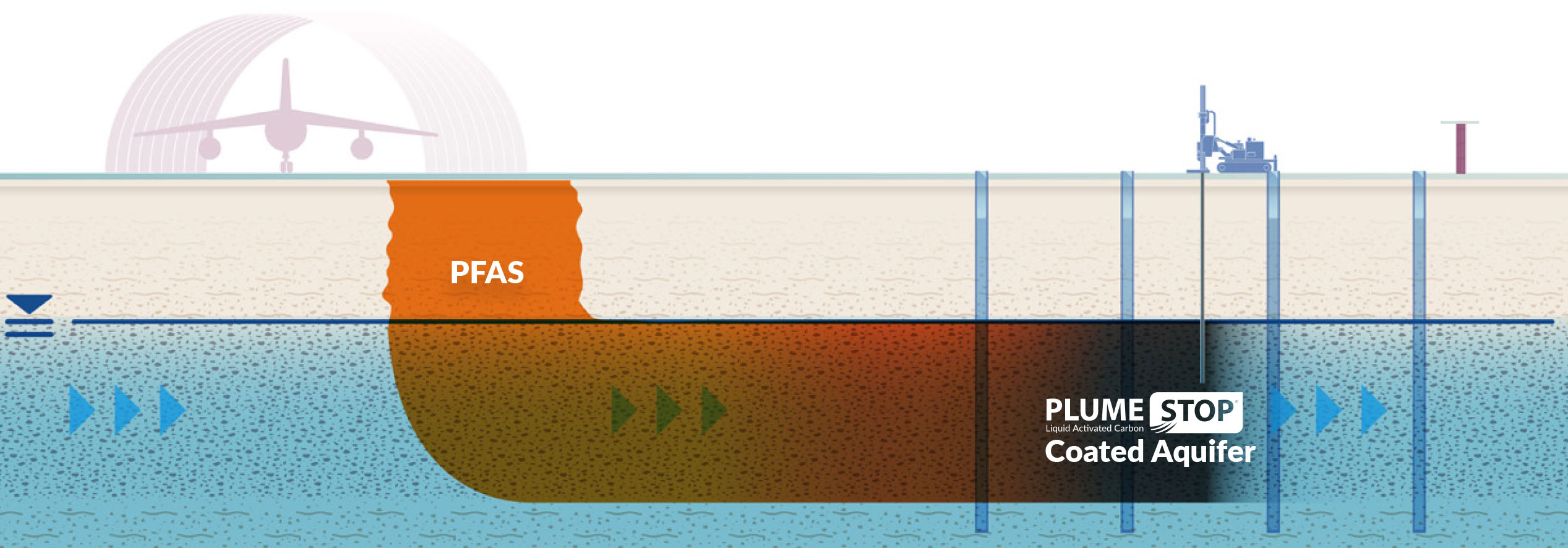Your Guide to PFAS Treatment Technologies and Benefits
The occurrence of PFAS contamination in water resources requires a complete understanding of readily available therapy modern technologies. Different approaches, such as triggered carbon purification, ion exchange systems, and progressed oxidation processes, present distinctive benefits in resolving these relentless contaminants. Each modern technology not only targets specific PFAS substances yet also plays a vital role in improving total water high quality and securing ecological integrity. As neighborhoods come to grips with the implications of PFAS exposure, the choice of a proper treatment approach becomes significantly important, motivating a more detailed exam of these modern technologies and their particular advantages.
Recognizing PFAS Contamination
Understanding PFAS contamination is crucial for resolving its pervasive effect on ecological and human wellness (m270 pfas treatment). Per- and polyfluoroalkyl substances (PFAS) are a group of synthetic chemicals commonly used in various commercial and customer items as a result of their water- and grease-resistant homes. Generally located in firefighting foams, non-stick cooking equipment, and water-repellent fabrics, PFAS have gone into the atmosphere through manufacturing processes, wastewater discharges, and seeping from garbage dumps
As soon as launched, these substances continue the environment, leading to extensive contamination of soil and water sources. Their special chemical framework, identified by solid carbon-fluorine bonds, renders them immune to destruction, causing a sensation called "permanently chemicals." As a result, PFAS can gather in the human body and the food chain, potentially triggering damaging health results, including body immune system disruption, developmental concerns, and an enhanced risk of specific cancers cells.
Governing agencies and health companies are progressively identifying the relevance of PFAS contamination, prompting efforts to monitor, evaluate, and alleviate its impacts. Comprehending the paths of PFAS contamination is essential for educating public policy and establishing efficient strategies to safeguard both ecological and human health and wellness.
Summary of Therapy Technologies
Numerous treatment modern technologies have been developed to attend to the challenges presented by PFAS contamination in water and dirt. These modern technologies can be generally identified into several categories, each with its distinct systems and effectiveness in getting rid of PFAS substances.
One famous method is ion exchange, which makes use of resin products to catch and eliminate PFAS from polluted water. An additional modern technology, progressed oxidation procedures (AOPs), employs strong oxidants and ultraviolet light to damage down PFAS into less unsafe substances.

Activated Carbon Filtering
Turned on carbon filtering is an extensively made use of method for the elimination of PFAS from infected water, understood go to my blog for its ability to adsorb a broad series of organic substances. This technology employs activated carbon, an extremely permeable product with an extensive area, which facilitates the binding of PFAS particles through physical adsorption. The effectiveness of activated carbon in removing PFAS is affected by a number of variables, consisting of the sort of carbon made use of, the get in touch with time, and the focus of PFAS in the water.
Among the advantages of activated carbon filtration is its convenience; it can be carried out in various configurations, such as granular turned on carbon (GAC) systems or powdered triggered carbon (PAC) systems. GAC systems are commonly employed in larger-scale applications, while special-interest group can be made use of in smaller or momentary setups. Moreover, the modern technology is relatively easy to operate and maintain, making it available for several water treatment centers.

Ion Exchange Solution
Ion exchange systems represent another efficient approach for the removal of PFAS from polluted water, enhancing methods like turned on carbon purification. These systems run on the principle of exchanging ions in the water with ions held on a resin material. Ion exchange resins can be especially created to target the negatively billed PFAS compounds, properly capturing them and allowing cleaner water to travel through.
Among the primary benefits of ion exchange systems is their capacity to get rid of a large range of PFAS, including both long-chain and short-chain variations. This adaptability makes them appropriate for numerous applications, varying from municipal water treatment to industrial processes. Furthermore, ion exchange systems can frequently achieve lower discovery restrictions for PFAS compared to some other therapy approaches, hence enhancing water quality.
Nonetheless, it is essential to check and take care of the regeneration of ion exchange media, as the performance can decrease with time because of saturation. Proper upkeep and replacement of the material are essential for sustaining the system's performance. Generally, ion exchange systems offer a reputable and efficient remedy for PFAS elimination, contributing considerably to safe drinking water requirements and environmental defense.
Advanced Oxidation Processes
Advanced Oxidation Processes (AOPs) use effective oxidants to effectively deteriorate PFAS substances in polluted water. These innovative therapy methods generate very reactive types, such as hydroxyl radicals, that can damage down complicated PFAS molecules right into much less hazardous results. m270 pfas treatment. AOPs normally utilize mixes of ultraviolet (UV) light, ozone, hydrogen peroxide, or Fenton's reagent, enhancing the oxidation capacity and improving degradation efficiency
The key benefit of AOPs exists in their capability to target a broad variety of PFAS Related Site compounds, including both long-chain and short-chain variants. This flexibility is crucial, as PFAS contamination commonly includes blends of various substances with varying chemical frameworks. AOPs can be incorporated right into existing water therapy systems, making them a practical service for lots of communities and industries.
Nevertheless, the application of AOPs can be resource-intensive, requiring cautious consideration of operational prices and power consumption. In addition, while AOPs work in damaging down PFAS, they might not entirely get rid of all results, demanding further treatment steps - m270 pfas treatment. In general, AOPs stand for an encouraging avenue for resolving PFAS contamination, adding to cleaner water resources and improved public health protection

Conclusion
Finally, resolving PFAS contamination requires a thorough understanding of offered treatment modern technologies. Turned on carbon purification, ion exchange systems, and advanced oxidation procedures each existing special benefits for effectively removing these unsafe substances from water resources. By picking the ideal modern technology, neighborhoods can boost water high quality, protect public health and wellness, and minimize the ecological risks related to PFAS direct exposure. Proceeded research study and application of these techniques are vital for reliable management of PFAS contamination in influenced areas.